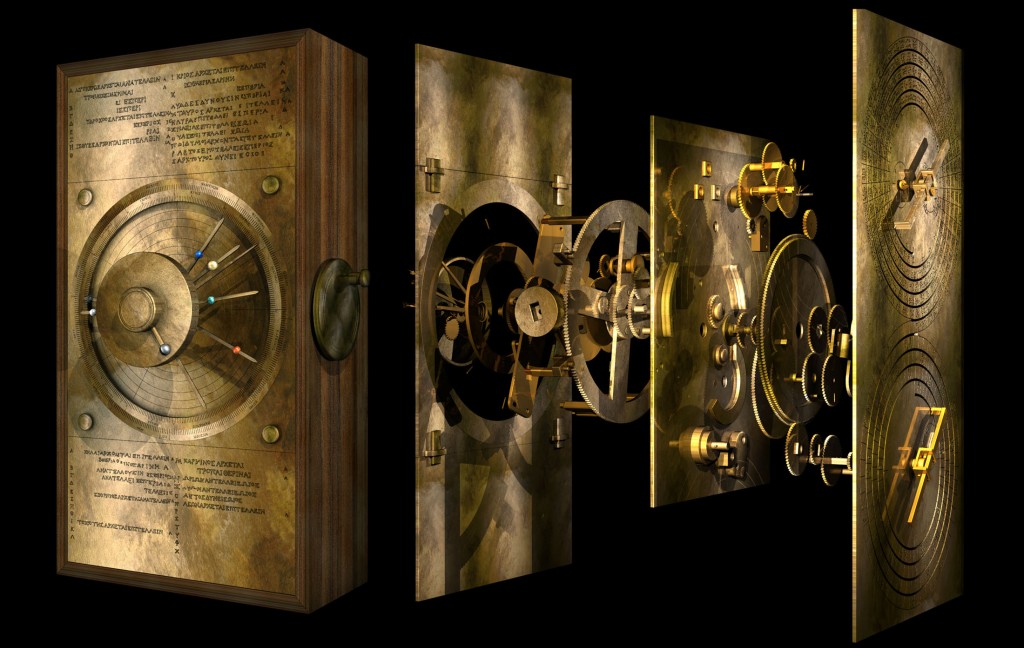How Precision Engineering Made Modernity Possible

Simon Winchester, author of The Professor and the Madman, has a new book out called The Perfectionists: How Precision Engineers Created the Modern World. It’s the history of a concept, which makes it tricky to write about, but it’s an uncommonly generative and illustrative concept. James Gleick shares this anecdote in his book review.
North Wales, “on a cool May day in 1776.” The Age of Steam was getting underway. So was the Industrial Revolution—almost but not quite the same thing. In Scotland, James Watt was designing a new engine to pump water by means of the power of steam. In England, John “Iron-Mad” Wilkinson was improving the manufacture of cannons, which were prone to exploding, with notorious consequences for the sailors manning the gun decks of the navy’s ships. Rather than casting cannons as hollow tubes, Wilkinson invented a machine that took solid blocks of iron and bored cylindrical holes into them: straight and precise, one after another, each cannon identical to the last. His boring machine, which he patented, made him a rich man.
Watt, meanwhile, had patented his steam engine, a giant machine, tall as a house, at its heart a four-foot-wide cylinder in which blasts of steam forced a piston up and down. His first engines were hugely powerful and yet frustratingly inefficient. They leaked. Steam gushed everywhere. Winchester, a master of detail, lists the ways the inventor tried to plug the gaps between cylinder and piston: rubber, linseed oil-soaked leather, paste of soaked paper and flour, corkboard shims, and half-dried horse dung—until finally John Wilkinson came along. He wanted a Watt engine to power one of his bellows. He saw the problem and had the solution ready-made. He could bore steam-engine cylinders from solid iron just as he had naval cannons, and on a larger scale. He made a massive boring tool of ultrahard iron and, with huge iron rods and iron sleighs and chains and blocks and “searing heat and grinding din,” achieved a cylinder, four feet in diameter, which as Watt later wrote “does not err the thickness of an old shilling at any part.”
By “an old shilling” he meant a tenth of an inch, which is a reminder that measurement itself—the science and the terminology—was in its infancy. An engineer today would say a tolerance of 0.1 inches.
This corresponding concept of “tolerance” turns out to be equally important. The ancient world was certainly capable of creating complex machinery (see the Antikythera Mechanism above), and the early modern period was able to put together the scientific method and new ways of conceptualizing the universe. But it’s the Industrial Revolution that created — or was created by — this notion that machines could be made in parts that fit together so closely that they could be interchangeable. That’s what got our machine age going, which in turn enabled guns and cars and transistors and computers and every other thing.





Stay Connected